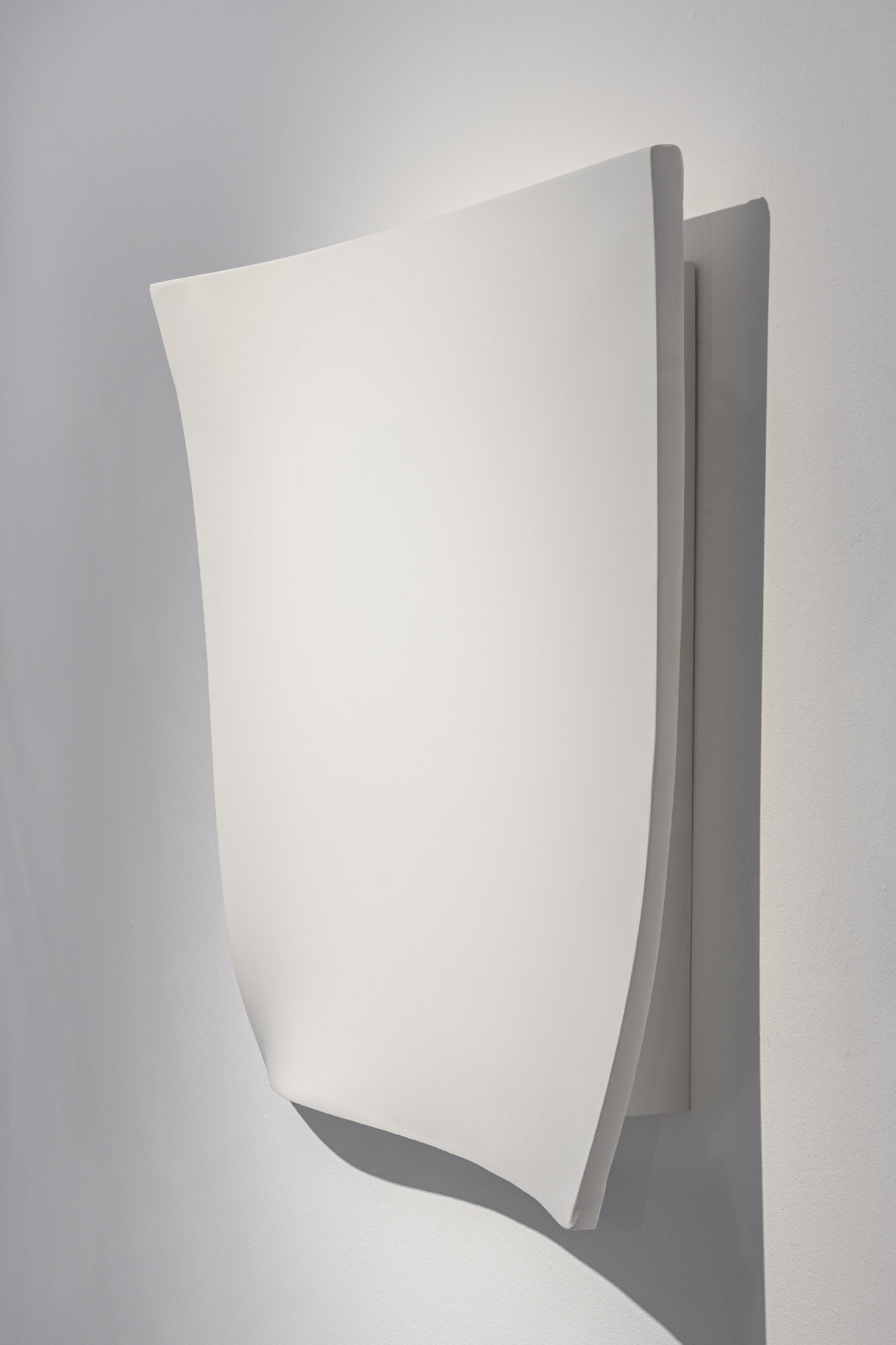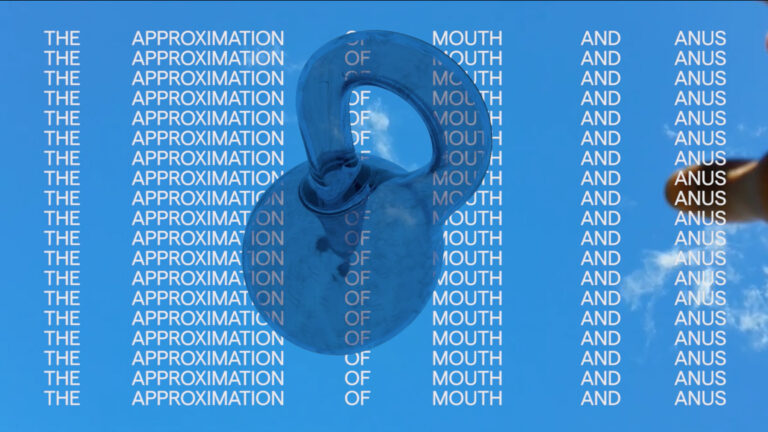Artists: Aggtelek, Andrew Roberts, Antoine Et Manuel, Antonio Fernández Alvira, Carlos Sáez, Carmen Ortiz Blanco, Christto & Andrew, Diego Del Pozo Barriuso, Fito Conesa, Michael Roy, Mit Borrás, Momu & No Es, Natacha Lesueur, Octavi Serra, Ovidi Benet, Pablo Durango, Sarah & Charles, Vicky Uslé
Exhibition title: Mix Tape Vol I
Venue: House of Chappaz, Barcelona, Spain
Date: September 15 – November 15, 2022
Photography: all images copyright and courtesy of the artist and House of Chappaz, Valencia/Barcelona
FIRE ESCAPE IN THE SKY
“(…) the trivial, the everyday, the obvious, the common, the ordinary, the infra-ordinary, the background noise, the habitual, how to account for it, how to question it, how to describe it?”
George Perec, Approaches to What?, 1973
“But sooner or later its turn will come, and then the freedom of the artist will be equal to the freedom of the curator, who chooses the angle of perspective and rewinds the tape to resurrect in memory all that deserves life.”
Arseny Zhilyaev, Avant-Garde Museology, 2015
The realisation, through an exercise of awareness of our surrounding reality, of the things we take for granted, of everything that has always been there. Like, for example, an old cassette tape.
In this case, this small device is a clear example of what Deotté would define as an apparatus since, in itself, it defines and invents a new temporality and a new mode of memory. But at the same time, it also proposes other modes of relation and consumption, referring to social, cultural, political and affective practices.
“Cassettes have provided an ideal technological infrastructure for the mass dissemination of an Indian feminist discourse; it is only the subjective social conditions that inhibit the spread of such a message.”
Peter Manuel, Cassette Culture. Popular Music and Technology in North India, 1993
So first we are faced with the collection and the archive, what deserves to be kept, displayed, preserved and shared. The desire to compile, linked to the will to collect, finds its first examples in Sumer, in the fourth millennium BC, these first glossaries sought to organise the spice of the world, an activity that will continue in different cultures until the emergence of encyclopaedic thought in the eighteenth century.
Faced with this authoritative and erudite knowledge, a form of democratisation of knowledge, the Mixtape, emerged in the early 1980s. The improvement of home recording systems made possible by cassette tapes made it possible to disseminate ‘curated’ compilations of music so abundant that essayist Geoffrey O’Brien came to call them the most widely practised American art form.
Punk, with its DIY spirit, laid the foundations for what would become known as Cassette Culture, an exchange of information through unconventional channels such as the post, allowing the distribution and dissemination of this new knowledge. An example of these practices, in force in the seventies and eighties of the last century, can be found in the famous compilation Fire Escape in the Sky: The Godlike Genius of Scott Walker, enhanced by Julian Cope and published in 1981, which represented a post-punk valorisation of an artist condemned to ostracism during the previous decade.
“The cassette, a tremendously easy-to- carry recording and playback format, lent itself to piracy and samizdat.”
Christoph Cox, Capture and Liberation: capitalism and the flows of sound, 2021
Today, the reference to the mixtape does not imply a medium or a technology, but a new conception of what to show and how to distribute it. The democratisation of the modes of knowledge, together with its overexposure, has led to the prioritisation of figures that generate criteria and opinion. The concept has gone from being an alternative channel to being legitimised by institutions: in 2017 Chance the Rapper won three Grammy awards for a mixtape distributed online for free.
Added to this notion of circulation is an aesthetic configuration, the cut-up, the collage, the nostalgic component in an archaeological search for our recent technologies. So to appeal to the mixtape is also to appeal to a way of educating our senses -hearing/gazing- and the ways in which we superimpose the layers that are offered to us.
“Each voice is distinguished by the conditions of its recording. The muffled pause of the cassette recorder; the sound of something being pounded; the crude edits; the fluctuating volume levels; the room tone; the proximity of the microphone; the expressive dimension of guitar distortion, of shouts, screams, hollers, yells, whispers, sighs, dead silences.”
Kodwo Eshun, Dan Graham Rock My Religion, 2012
How to bring these new modes of distribution, the political commitments to dis- sent, the new ways of seeing and appreciating culture into a space such as the one we are presented with. We can find it in the ways in which some of the artists in this exhibition construct and configure their work or in the importance that the people who make up House of Chappaz give to musical culture. But above all, what we are talking about is an act of love.
“I was in love, and I knew he loved me because he made me a tape” Saint Etienne, Over the Border, 2012
The exhibition presented by the gallery is a compilation of the process in which, after more than ten years, the project finds itself, but it not only offers us the possibility of enjoying the work of a list of consolidated artists, but also proposes a statement on the aesthetic, political and social discourses that the project defends, a commitment to contemporaneity and, above all, an act of affection for art and culture by committing to public spaces in which to share.
Finally, we find ourselves with those moments and those memories of what we have been taught, what we have shared and what we have enjoyed in that act of generosity that involves creating, selecting and exhibiting. All the people involved in this project -artists, gallerists,…- what they are proposing is the vindication of spheres of exchange and enjoyment. To listen again while we discover new things or we are aware that in the crossroads, in the mixture, a new meaning has been given to the everyday life that surrounds us.
Eduardo García Nieto
Independent curator and educator






























































